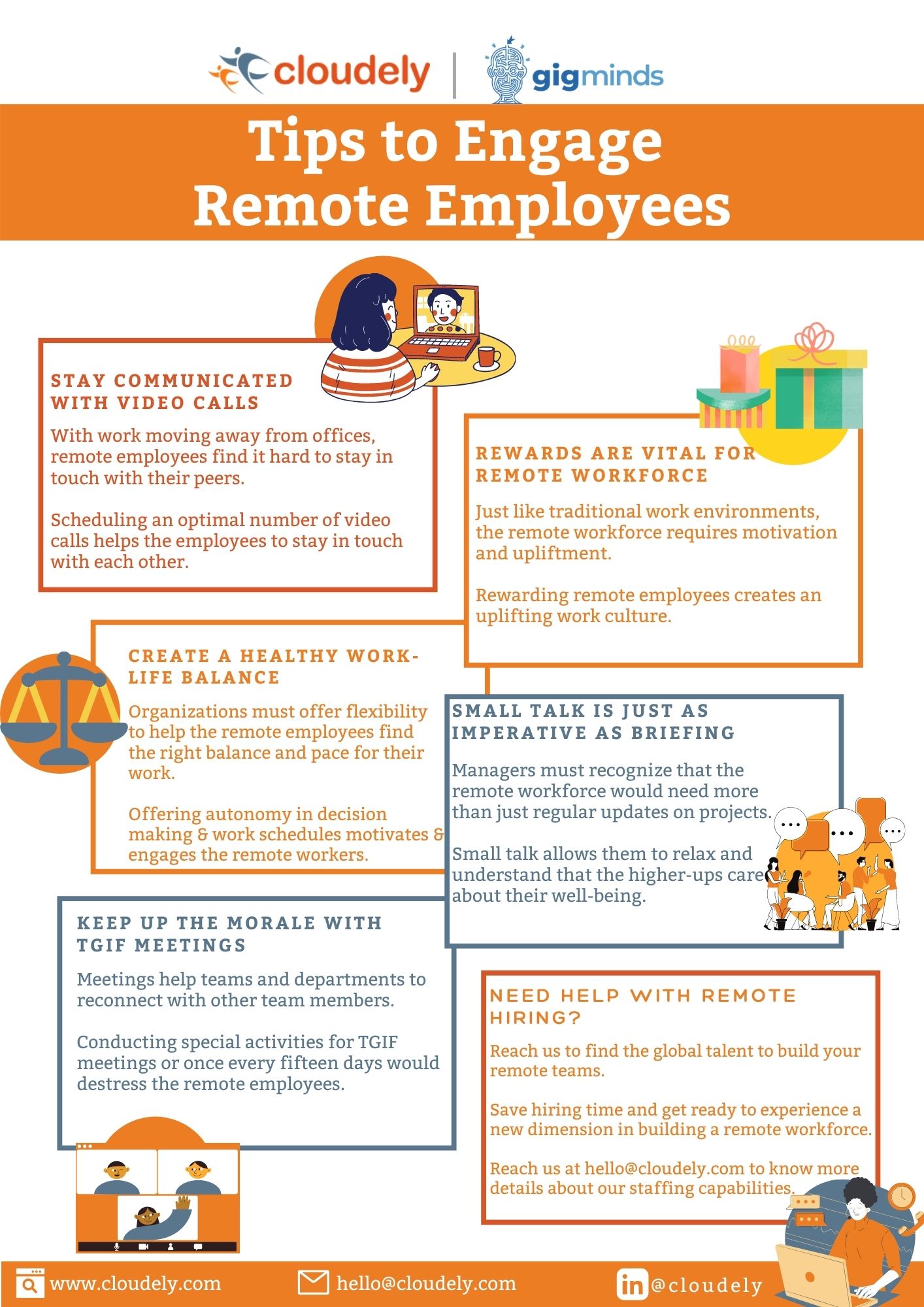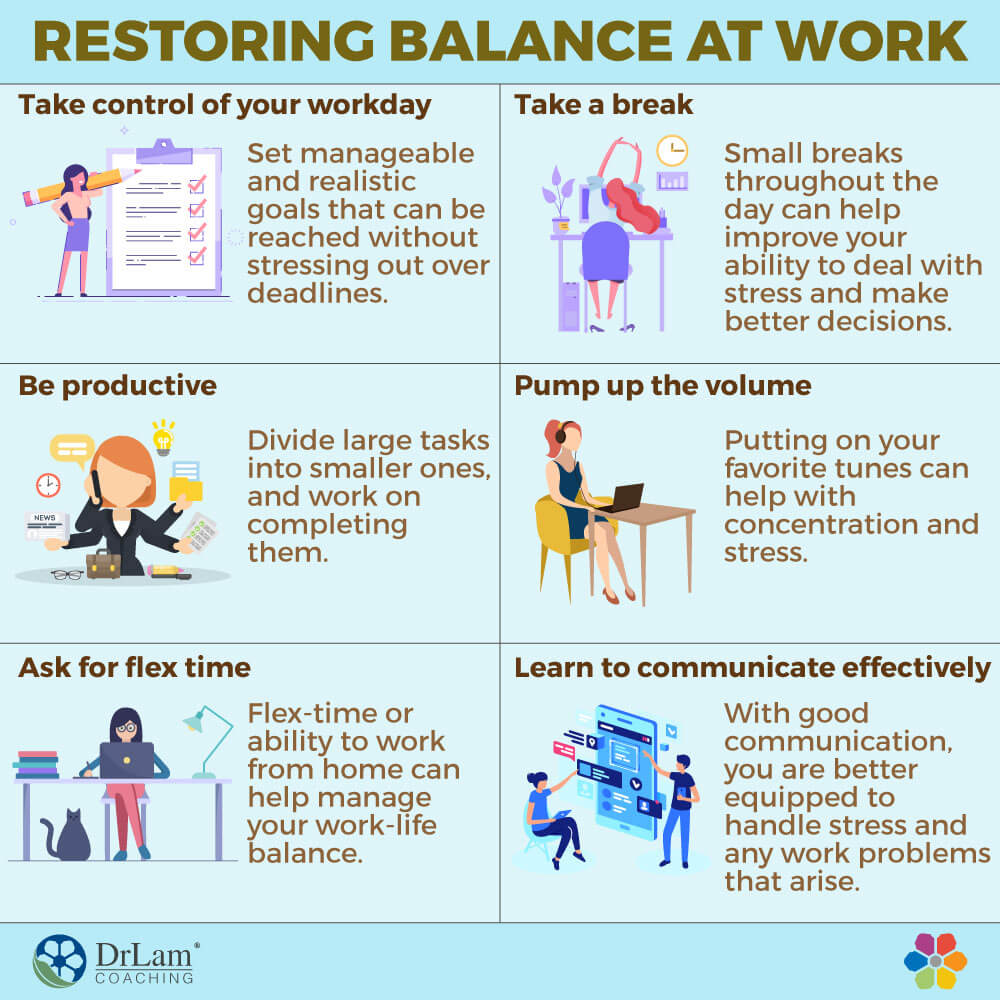
Mastering Balance: Remote Work-Life Tips for Thriving Digital Nomads
Written: Vagabondist Staff| August 29, 2023

Establishing a Productive Workspace
Working remotely offers flexibility and convenience, but it can also blur the lines between work and personal life. To maintain a healthy work-life balance, it's important to establish a productive workspace that allows for focused work and minimizes distractions.
Designating a dedicated workspace
Create a designated area solely for work-related activities. This can be a separate room, a specific corner of your home, or even a dedicated desk. By separating your workspace from your living space, you'll create a mental boundary that helps you switch between work and personal life more easily.
Ensuring ergonomic setup
Sitting in the right posture and having an ergonomic setup is crucial for your physical well-being. Invest in a comfortable chair, a desk at the appropriate height, and position your computer screen at eye level. Take regular breaks to stretch and move around to avoid straining your body.
Minimizing distractions
Distractions can disrupt your focus and productivity. Create a quiet environment by minimizing noise, turning off notifications from social media or other non-work-related apps, and communicating with those around you about your working hours. Use tools like noise-cancelling headphones or white noise machines if necessary.
By establishing a productive workspace, you'll be able to maintain a better work-life balance, increase your productivity, and avoid the common pitfalls of remote work. Remember to set boundaries and prioritize self-care to ensure your remote working experience is both enjoyable and productive.

Setting Boundaries
When it comes to remote work, maintaining a healthy work-life balance can be a challenge. Here are some tips to help you set boundaries and create a more balanced lifestyle.
Defining clear work hours
Establish a schedule: Start by defining your work hours and sticking to them. This will help you separate work time from personal time and prevent work from spilling into your evenings or weekends.
Communicate your availability: Let your colleagues and clients know about your working hours, so they know when to expect a response from you. This will manage their expectations and reduce the pressure to always be available.
Avoiding overworking or burnout
Take regular breaks: It's important to give yourself regular breaks throughout the day. Get up, stretch your legs, and take a few minutes to relax and recharge. This will help prevent burnout and improve your productivity.
Set limits on screen time: Spending too much time in front of screens can be exhausting. Make sure to take breaks from your computer or phone and engage in other activities that help you unwind and disconnect.
Remember, achieving a healthy work-life balance is all about setting boundaries and being disciplined. By defining clear work hours and taking steps to avoid overworking, you can create a more enjoyable and fulfilling remote work experience.

Time Management Techniques
Prioritizing tasks and setting goals
When it comes to maintaining a healthy work-life balance while working remotely, effective time management is key. Start by prioritizing your tasks and setting clear goals for each day. Identify the most important and urgent tasks that need to be completed and focus on those first. This will help you stay organized and feel a sense of accomplishment as you check off items from your to-do list.
Avoiding multitasking
While it may seem efficient to multitask, it can actually hinder your productivity and add unnecessary stress. Instead, try focusing on one task at a time and giving it your full attention. This will allow you to work more efficiently and produce higher quality results. Set specific time blocks for different tasks and eliminate distractions during those periods. This could include turning off notifications on your phone or closing unnecessary browser tabs.
By prioritizing tasks and avoiding multitasking, you can create a more balanced work-life schedule. Remember to also take regular breaks throughout the day to recharge and maintain your mental well-being. With a little bit of planning and discipline, you can successfully manage your time and find harmony between work and personal life while working remotely.

Maintaining a Healthy Work-Life Balance
Creating a daily routine
When working remotely, it's essential to establish a daily routine to help maintain a healthy work-life balance. Here are a few tips to get started:
-
Set a Schedule: Determine your working hours and stick to them as much as possible. Communicate your availability to colleagues and clients, and make sure to take breaks throughout the day.
-
Plan Your Day: Start each day by setting goals and prioritizing tasks. Break your work into manageable chunks, and schedule specific periods for focused work and meetings.
-
Include Time for Self-Care: Don't forget to schedule time for self-care activities like exercise, meditation, or hobbies. Taking breaks to recharge will help you stay productive and avoid burnout.
Separating work and personal activities
One of the challenges of working remotely is the blurred line between work and personal life. Here's how you can separate the two:
-
Create a Dedicated Workspace: Set up a designated area for work, ideally separate from your living space. This will help create a physical boundary between work and personal life.
-
Establish Boundaries: Communicate your work hours and availability to your family or housemates. Let them know when you need uninterrupted time, and when you are available for socializing or family activities.
-
Unplug and Disconnect: Once your workday is over, resist the temptation to check emails or work-related messages. Make a conscious effort to disconnect from work and focus on personal activities and relationships.
Finding a healthy work-life balance while working remotely requires self-discipline and boundaries. By creating a daily routine and separating work and personal activities, you can ensure you have time for both your career and personal well-being.

Nurturing Relationships
Communicating effectively with colleagues and supervisors
When working remotely, effective communication becomes crucial for maintaining strong relationships with your colleagues and supervisors. Here are some tips to help you communicate effectively:
-
Be responsive: Respond promptly to emails and messages. This shows that you are dedicated to your work and value open communication.
-
Use video conferencing: Video calls can help build rapport and create a more personal connection. Make sure to dress professionally and create a suitable background for video meetings.
-
Be proactive: Take the initiative to reach out and communicate with your team. Share updates on your progress, ask for feedback, and offer assistance when needed.
Establishing regular check-ins and team meetings
Regular check-ins and team meetings are essential for remote teams to stay connected and aligned. Here's how you can establish effective check-ins and meetings:
-
Schedule regular check-ins: Set aside dedicated time for one-on-one check-ins with your supervisor. Use this time to discuss your progress, challenges, and goals.
-
Have structured team meetings: Plan regular team meetings to discuss project updates, address any issues or concerns, and encourage collaboration among team members.
-
Use collaboration tools: Utilize collaboration tools like project management software, instant messaging apps, and document sharing platforms. These tools enhance communication and make it easier to collaborate remotely.
By following these tips, you can nurture relationships, maintain strong communication, and foster a positive work-life balance while working remotely.

Combating Loneliness and Isolation
Working remotely can often lead to feelings of loneliness and isolation. However, with a few simple strategies, you can maintain a healthy work-life balance and stay connected with others.
Engaging in virtual social activities
Stay Social: Make an effort to participate in virtual social activities to combat feelings of isolation. Schedule video calls or virtual coffee breaks with colleagues to catch up and maintain social connections. Join online interest groups or communities to meet new people who share similar hobbies or interests. Participate in virtual team-building activities or games to foster camaraderie and build relationships. By engaging in these activities, you can combat loneliness and create a sense of belonging.
Joining remote work communities or networks
Connect with others: Consider joining remote work communities or networks to connect with like-minded professionals facing similar challenges. These communities provide opportunities for networking, sharing experiences, and seeking advice. Joining online forums or attending virtual conferences can help you expand your professional network and find support from others who understand the remote work lifestyle. By connecting with others in similar situations, you can gain valuable insights and support to navigate the challenges of remote work.
Remember, maintaining a healthy work-life balance is essential when working remotely. By actively engaging in virtual social activities and joining remote work communities, you can combat loneliness, stay connected, and thrive in your remote work environment.

Managing Stress and Avoiding Burnout
Finding a healthy work-life balance is crucial for remote workers. It's all too easy to get caught up in work and neglect your personal life, which can lead to burnout and increased stress levels. Here are a few tips to help you manage stress and maintain a good work-life balance.
Practicing stress management techniques
-
Set boundaries: Establish clear boundaries between work and personal life. Set specific work hours, avoid checking emails or taking calls outside of those hours, and give yourself designated time for relaxation and self-care.
-
Take regular breaks: Incorporate short breaks throughout your workday to stretch, meditate, or take a walk. Stepping away from your computer and changing your environment can help reduce stress and improve focus.
-
Practice mindfulness: Engage in mindfulness exercises such as deep breathing or meditation to reduce stress and increase mental clarity. These simple practices can help create a sense of calm amidst the chaos of remote work.
Incorporating exercise and physical activity
-
Schedule regular exercise: Make physical activity a priority by scheduling regular workouts or engaging in activities you enjoy. Exercise not only improves your physical health, but it also releases endorphins that boost mood and reduce stress.
-
Take movement breaks: Break up long periods of sitting by incorporating short bursts of physical activity throughout your day. Stretch, go for a quick walk, or do some simple exercises to keep your body energized and prevent stiffness.
Remember, finding balance is a personal journey, and what works for one person may not work for another. Experiment with different techniques and be open to adjusting your approach as needed to find the balance that works best for you.

Family and Work-Life Integration
Finding balance between your family life and remote work can be a challenge, but with some tips and strategies, you can achieve a sense of harmony and fulfillment in both areas.
Balancing childcare and remote work
When working remotely, organizing childcare is crucial to ensure productivity and provide your little ones with the attention they need. Here are a few tips to help you navigate this:
-
Plan your days: Establish a work schedule that allows you to allocate specific times for focused work and dedicated time for your children.
-
Communicate with your partner: Share responsibilities with your partner, aligning on childcare duties so that both of you can have time to focus on work.
-
Utilize nap times or quiet activities: Schedule tasks that require more concentration during your child's naptime or engage them in quiet activities, such as reading or coloring, to create blocks of uninterrupted work time.
Encouraging understanding and flexibility from loved ones
Building understanding and flexibility within your family is key to maintaining a healthy work-life balance. Consider the following strategies:
-
Set boundaries: Establish clear boundaries between work time and family time, communicating these boundaries to your loved ones, so they understand when you need to focus on work.
-
Practice open communication: Encourage open dialogue with your family members, discussing the challenges and needs that arise from remote work, fostering a supportive environment.
-
Be flexible: Embrace flexibility by adjusting your daily schedule when unexpected family responsibilities arise, allowing for a seamless integration of work and family life.
By implementing these strategies and finding the right balance, you can enjoy the benefits of remote work while nurturing your family relationships and overall well-being.

Conclusion
The importance of work-life balance in remote work
Finding a healthy work-life balance is crucial for remote workers. Without the boundaries of a physical office, it can be easy to blur the lines between work and personal life. However, maintaining a balance is essential for overall well-being and productivity.
Tips for achieving and maintaining balance
1. Create a designated workspace: Set up a dedicated area where you can focus solely on work. Having a separate space helps to create psychological boundaries between work and personal life.
-
Establish a routine: Stick to a regular schedule that includes regular breaks and a designated end time. Having a routine helps to create structure and ensures you have time for both work and personal activities.
-
Set boundaries: Clearly communicate your availability and availability outside of work hours to avoid constant interruptions. Establishing boundaries with colleagues and clients helps to maintain a healthy work-life balance.
-
Prioritize self-care: Make time for activities that promote relaxation and recharge. Exercise, mindfulness activities, and hobbies can help reduce stress and improve overall well-being.
-
Disconnect: Switch off from work at the end of the day and take breaks from technology. Disconnecting from work allows you to fully engage in personal activities and recharge.
By implementing these tips, you can achieve a better work-life balance and enjoy the flexibility and benefits that come with remote work. Remember, taking care of yourself is essential for long-term success and happiness.



